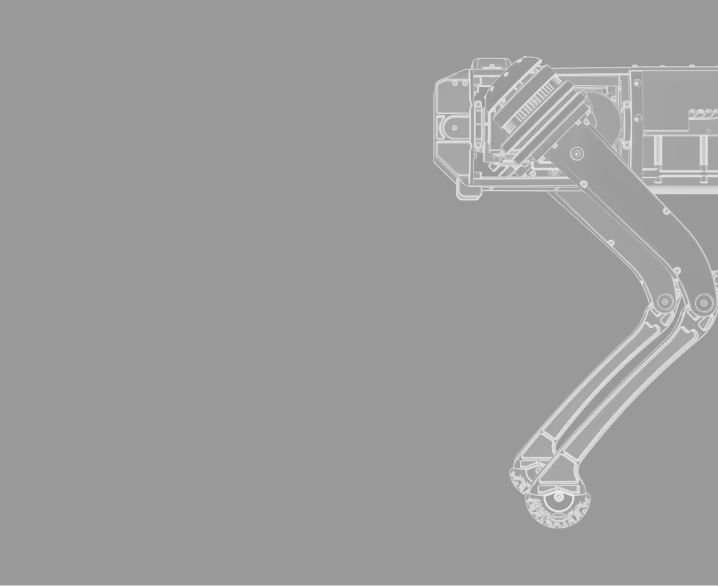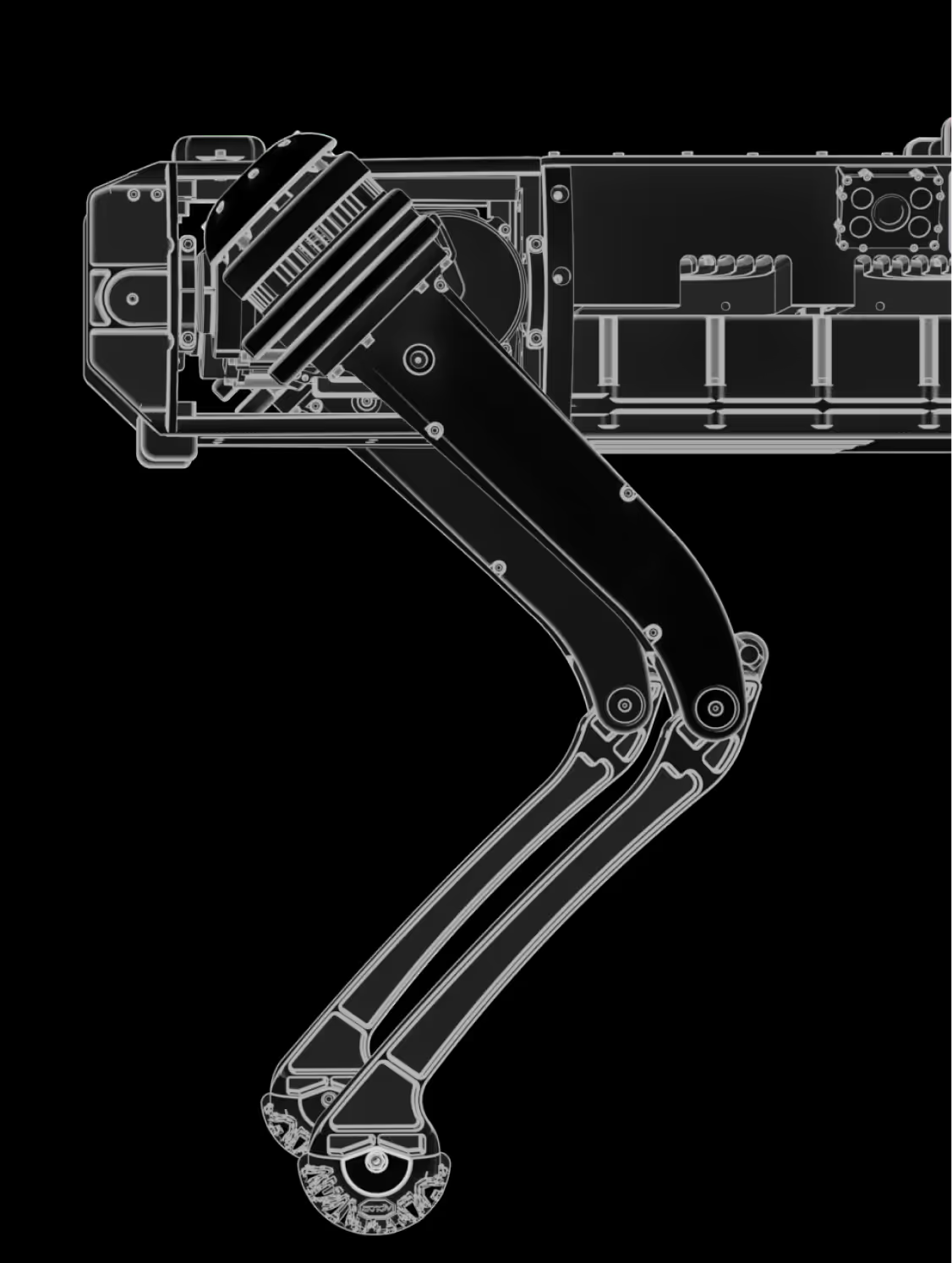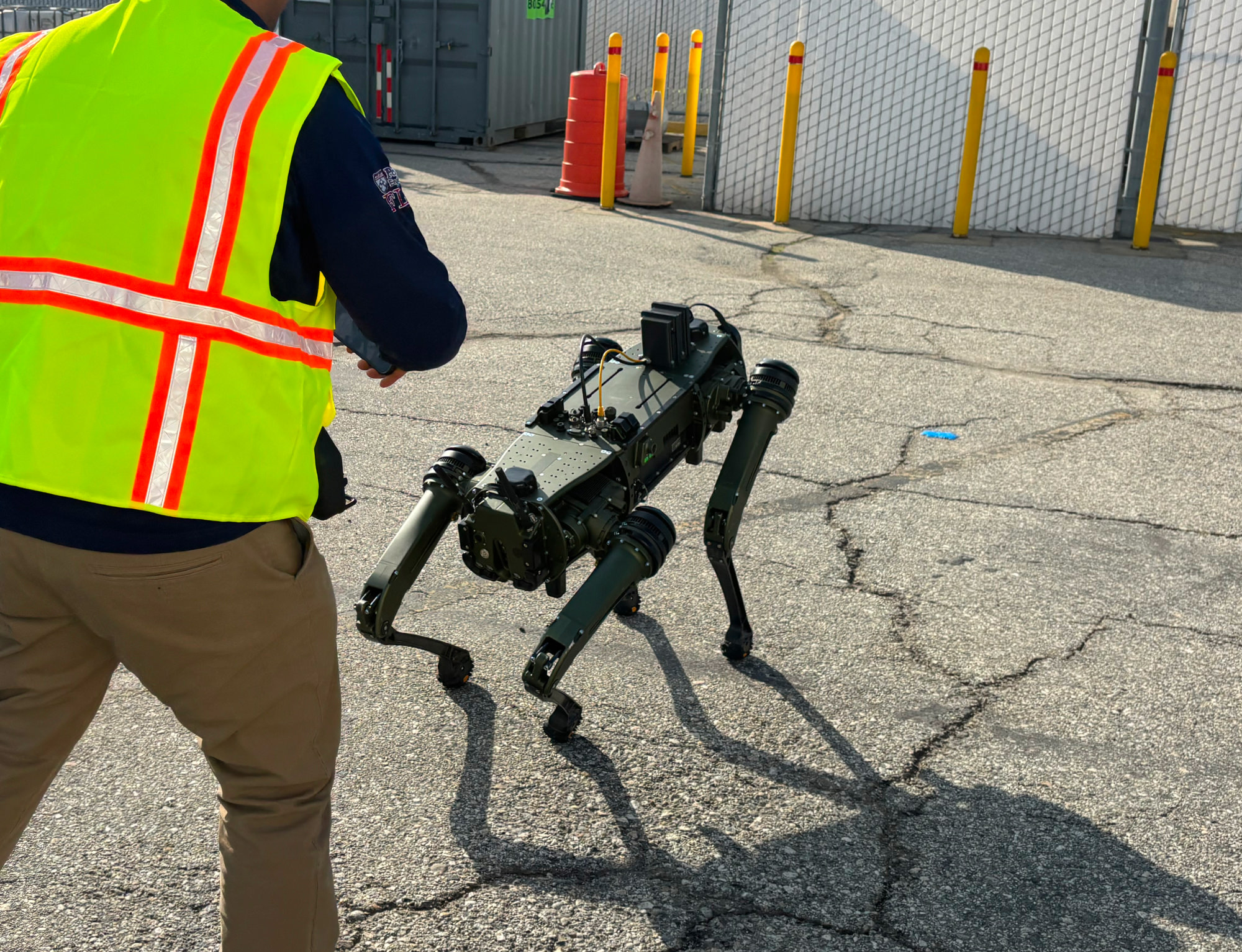Autonomous Robots for Earthquake Disaster Relief
How quadrupedal ground robots supported Japan’s Ground Self-Defense Force (JGSDF) in earthquake-stricken areas to enhance search, logistics, and safety operations.


Introduction
The Challenges
In January 2024, Japan experienced a devastating earthquake in Ishikawa Prefecture, leaving damaged infrastructure, collapsed buildings, and dangerous aftershock zones.
- Rescue and response teams faced obstacles such as blocked roads, unstable rubble, and hazardous terrain that limited human and vehicle access.
- There was an urgent need to survey hard-to-reach areas, deliver supplies, and maintain responder safety without risking more lives.
Units Deployed Globally
Units Deployed Globally
Solution
Our Approach
Japan’s Ground Self-Defense Force deployed quadrupedal unmanned ground vehicles (Q-UGVs) to support relief operations in Noto Peninsula. These robots were used for:
- Delivering small payloads such as medical supplies, food, and water.
- Performing reconnaissance in unstable or high-risk areas unsafe for soldiers or search-and-rescue personnel.
- Assisting with communications in areas where power and cell infrastructure were down.
The robot’s four-legged mobility allowed it to climb rubble, descend stairwells, and navigate uneven, debris-laden terrain.
Results
The Results
- Enabled real-time assessment of collapsed structures and isolated zones without endangering personnel.
- Delivered essential supplies to communities and aid teams in areas inaccessible to trucks or drones.
- Demonstrated the Q-UGV’s capability as a low-footprint, all-terrain responder in complex disaster relief scenarios.
- Validated the use of robotic systems in humanitarian missions—setting a precedent for wider disaster response deployment in Japan and beyond.




